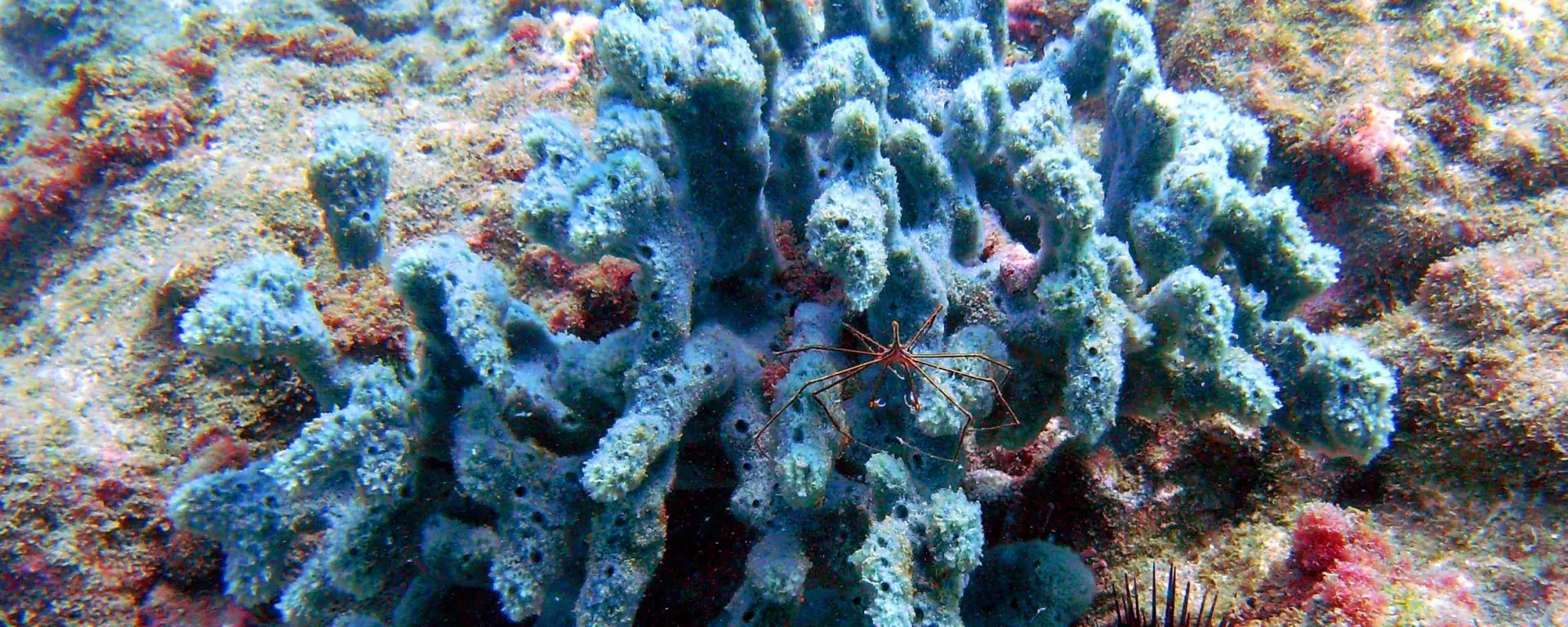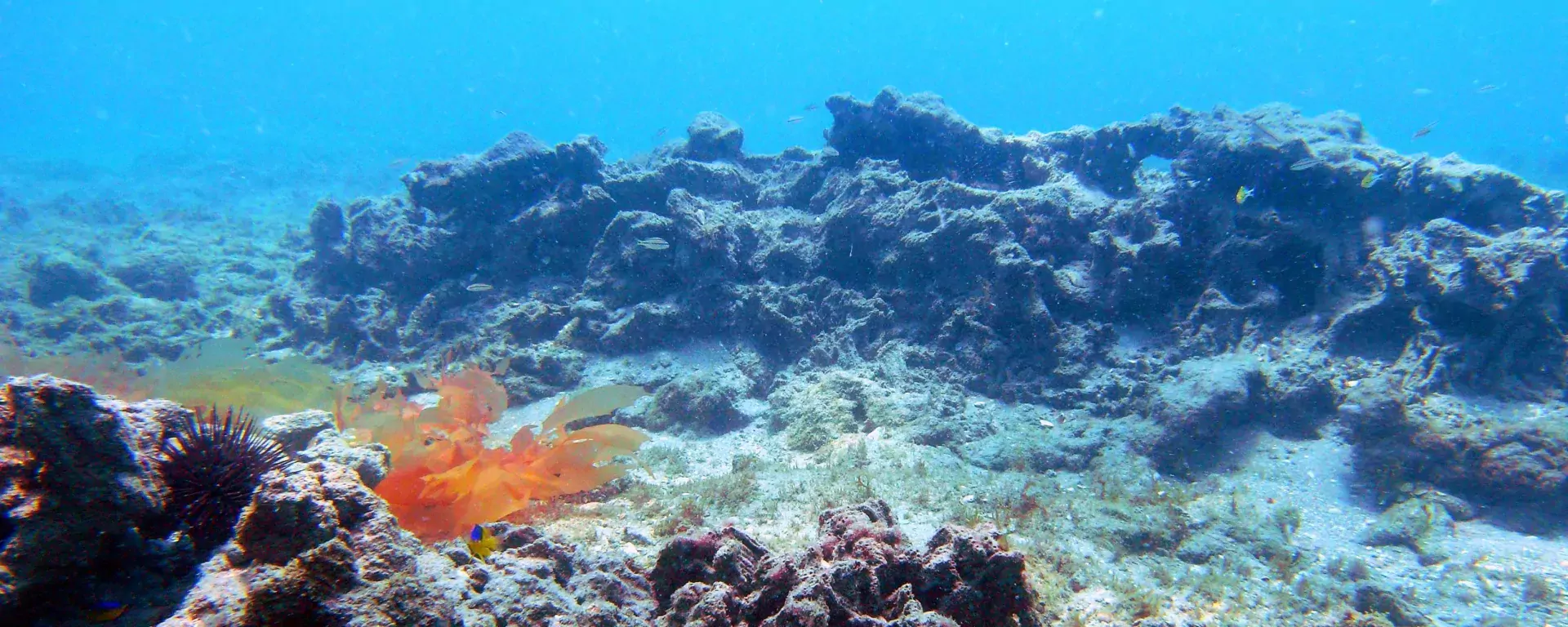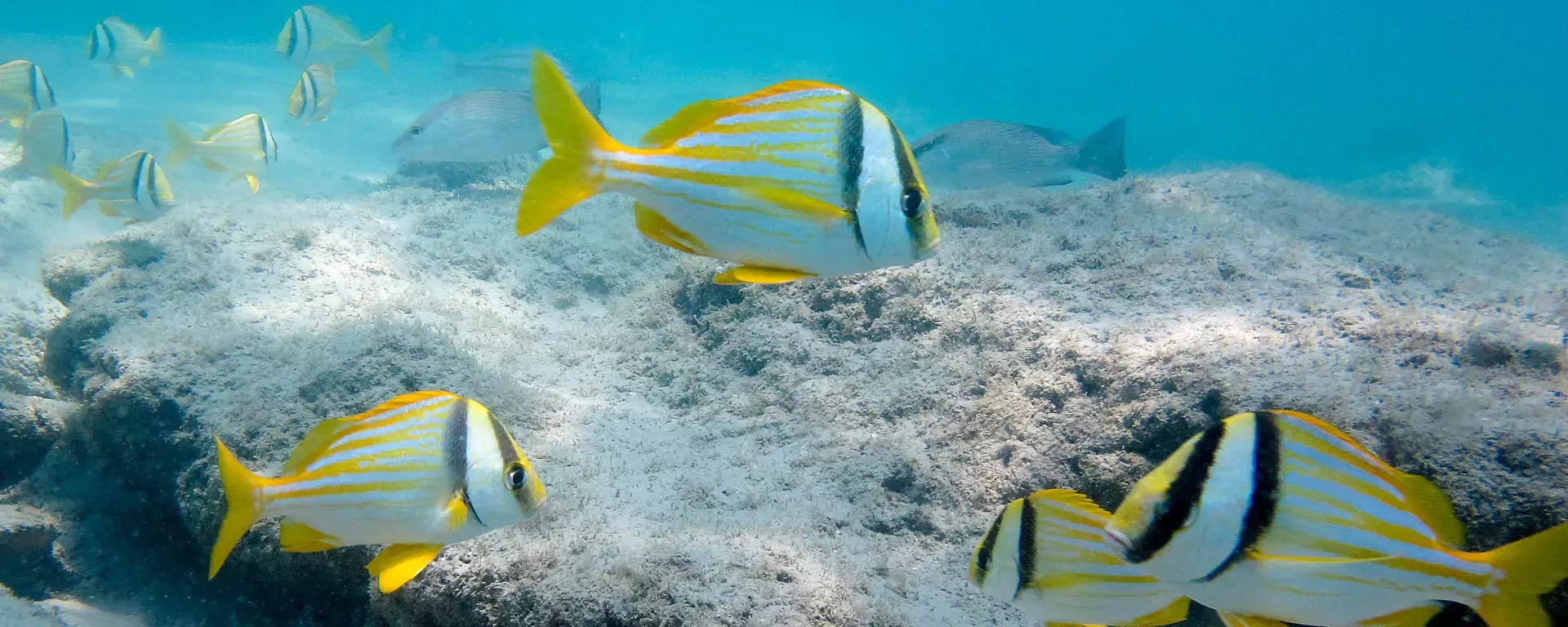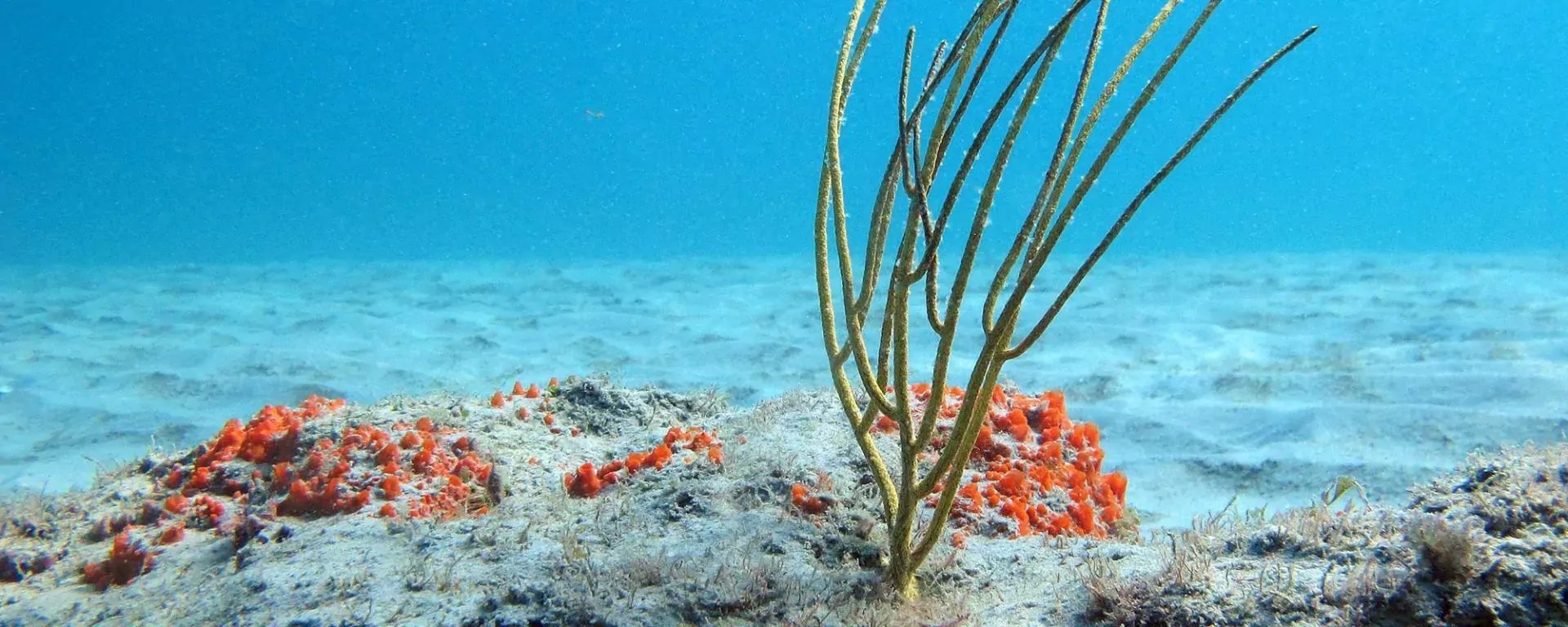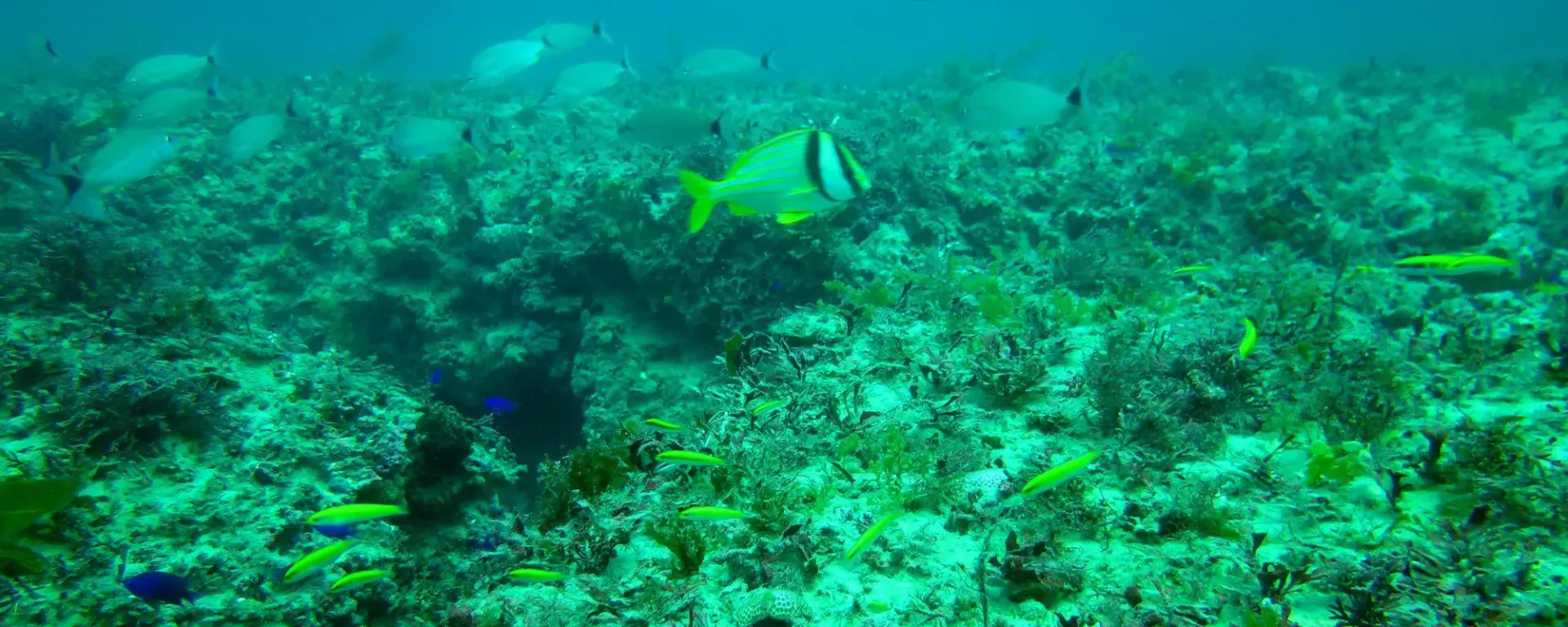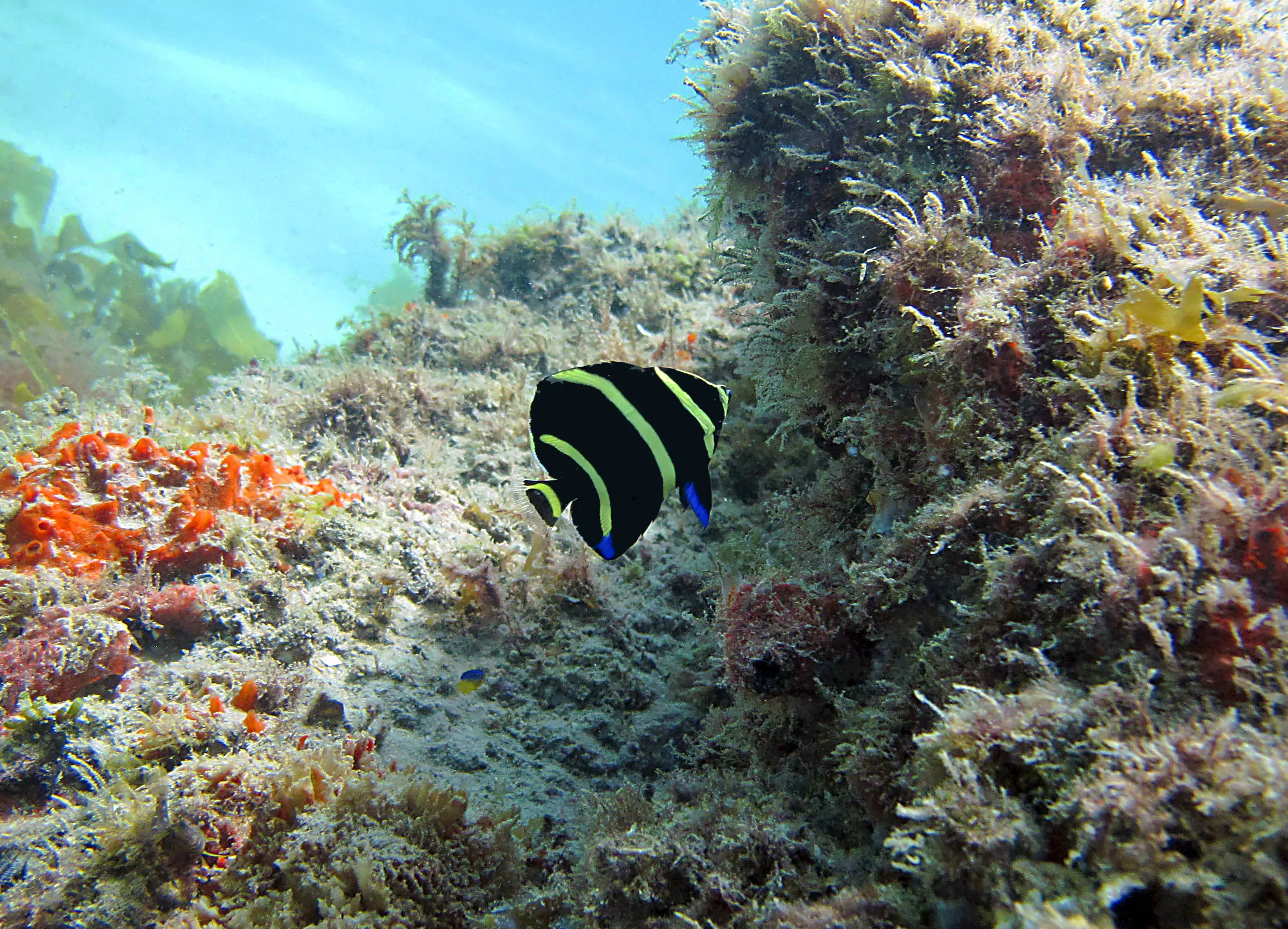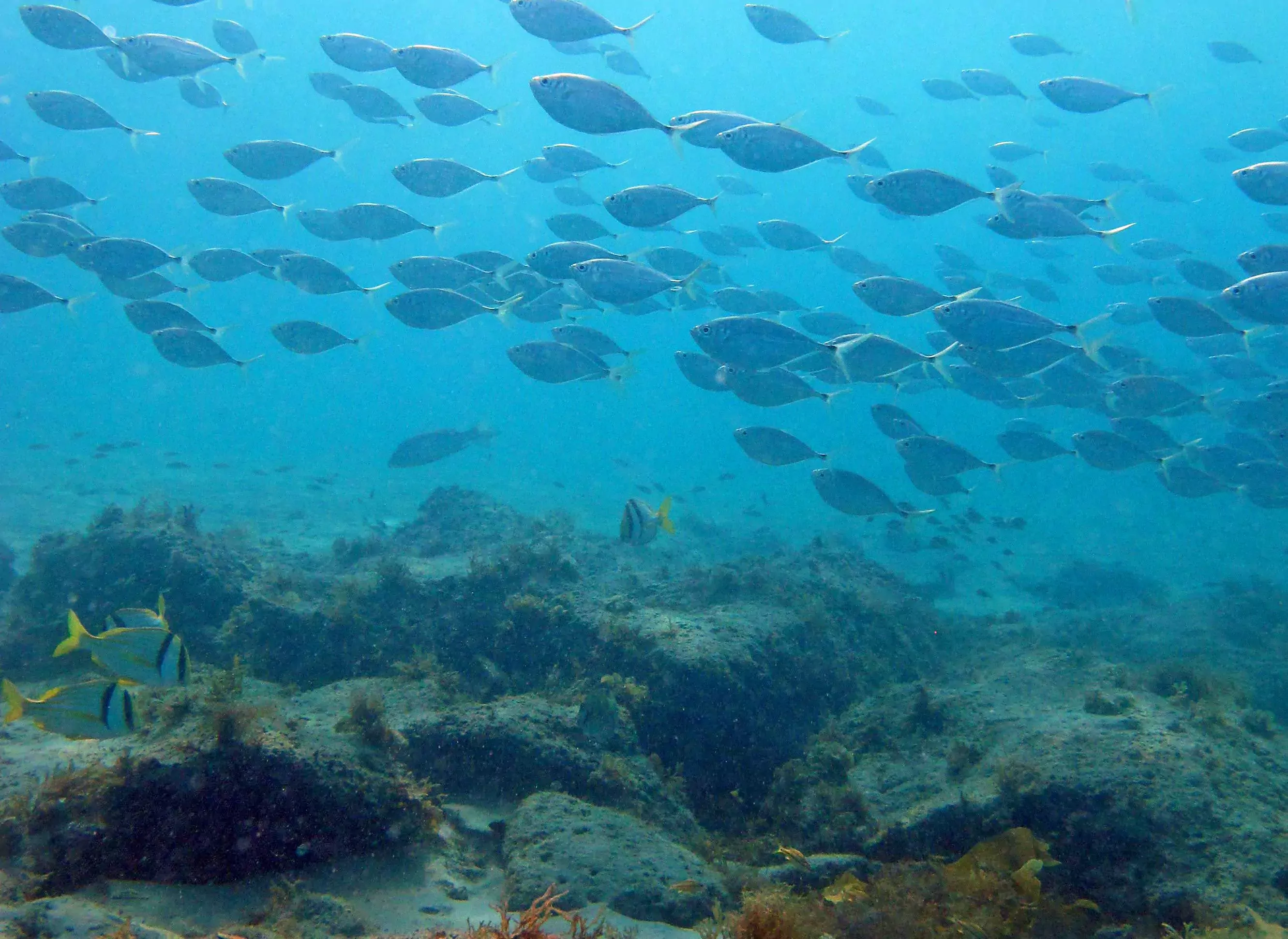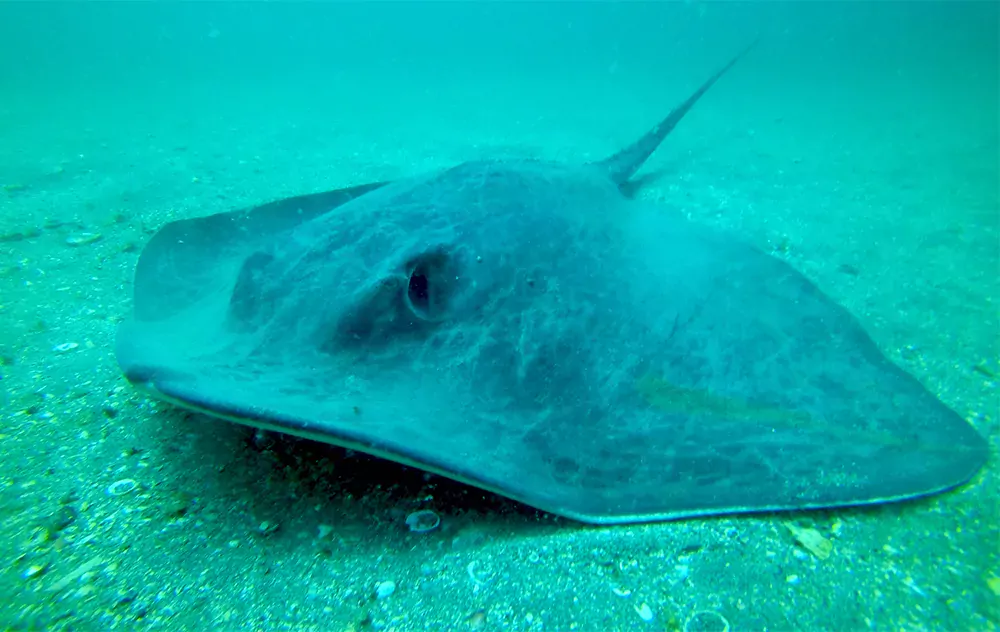About Coral Reefs
When most people think about natural reefs in Florida, they think of the Florida Keys. In actuality, the Southeast Florida Reef Tract extends from the Dry Tortugas to the St. Lucie Inlet in Martin County, is home to the only living coral barrier reef in the continental United States and is the world’s third-largest coral reef system, measuring 105 miles.
The northern extent of the Southeast Florida Reef Tract is fairly unique, in part because it exists where temperate and tropical climates overlap. It is characterized by wormrock, hard corals, algaes, and numerous fish species of commercial and recreational importance.
As compared to its neighbors to the south, Martin County has a lower diversity and density of stony corals and deep water corals as well as different fish species, a mix of temperate and tropical species.
Unlike in other areas, the stony corals found in Martin County typically do not reach significant height. The one species that does grow tall, Oculina varicosa, unfortunately, is more susceptible to being impacted by fishing gear. One unique, although not positive, feature of the County’s stony corals is that through many years of monitoring there has never been an indication of reproduction.
Although the reefs in Martin County exist throughout the southern portion of the County, St. Lucie Reef is the most well documented. It is 4.5 miles long and home to:
- 21 stony coral species
- More than 100 other invertebrates
- 23 algae species
- Loggerhead, hawksbill, and green turtles
- More than 450 fish species
Due to its proximity to the Inlet, however, the St. Lucie Reef is affected by the freshwater exiting the inlet. This freshwater comes from multiple locations, including the St. Lucie River, Indian River Lagoon, and Lake Okeechobee drainage canals (C-23, C-24, C-44).

